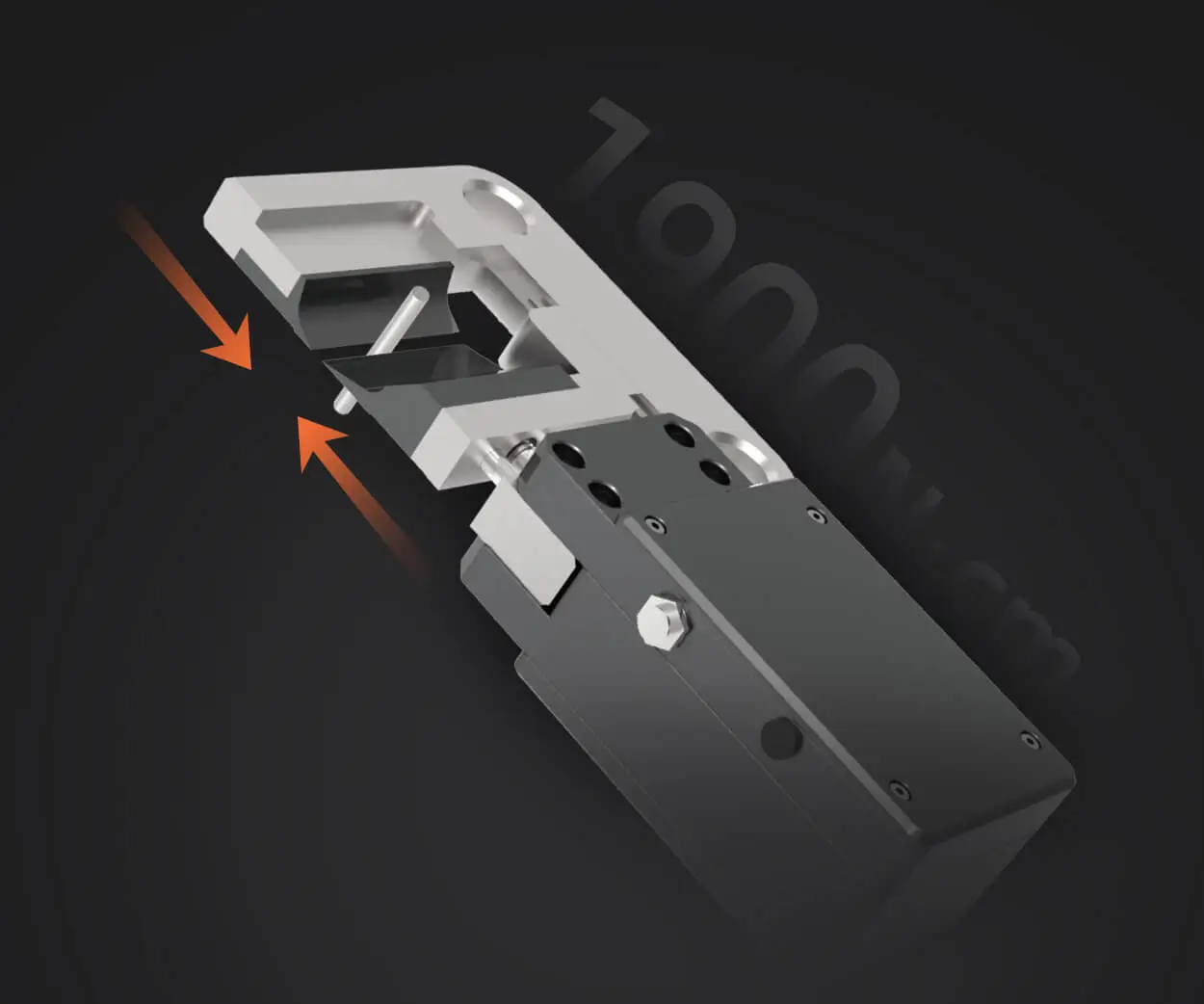part 1:
Introduction: The Joy of Robotics and the Arduino Ecosystem
Imagine building a robot whose limbs move smoothly, eyes blink, or arms rotate just with the flick of a switch—or even better, with a simple code. If you're drawn to the fascinating world of robotics, then understanding how to connect a servomotor to an Arduino Uno is a gateway to endless creative possibilities.

The Arduino Uno, as many hobbyists and professionals know, is a versatile microcontroller board that serves as the brain for countless electronic projects. Its ease of use, affordability, and extensive community support make it a prime choice for beginners and veteran tinkerers alike.
A servomotor (or servo) is a miniature motor equipped with a feedback mechanism, which allows for precise control over angular position. Unlike simple DC motors, servos can rotate to a specific angle, hold that position, or move smoothly between points, making them ideal for robotics, automation, and remote control projects.
This article offers a comprehensive look at how to seamlessly connect a servomotor to your Arduino Uno, understand the wiring essentials, and get your first servo to respond to your commands. Whether you're dreaming of a robotic arm, an automated camera gimbal, or just exploring motor control, the journey begins with this foundational step.
Understanding Servomotors: Types and Characteristics
Before jumping into wiring, it’s helpful to comprehend what makes servomotors special. There are generally three types:
Position Servos: Designed to rotate to a specific angle, often up to 180 degrees, and hold that position. Common in hobby robotics. Continuous Rotation Servos: Can rotate 360 degrees or more, providing speed control rather than position control. Used in driving wheels or spin mechanisms. Digital vs. Analog Servos: Digital servos respond faster and hold their positions more accurately, though they may consume more power.
Most hobby projects employ standard 180-degree servos, which are affordable, reliable, and easy to integrate.
Hardware Requirements
To get started, you'll need the following:
Arduino Uno Board: The core microcontroller. Servomotor: A standard hobby servo, such as SG90 or MG996R. Power Source: The Arduino can sometimes power small servos directly, but larger servos may require an external power supply to avoid overstressing the board. Connecting Wires: Jumper wires (male-to-male). Breadboard: Optional, for organized wiring. Resistors or Level Shifters: Usually unnecessary, as typical servos operate directly at 5V.
The Concept of Connecting a Servo: A Brief Overview
Connecting a servo to an Arduino isn't complex, but understanding the signals and power lines is crucial for smooth operation and avoiding damage. Here's what typically happens:
Power (Vcc): The servo's power line supplies energy, often coming from the Arduino's 5V pin or an external source. Ground (GND): The common reference point for the entire circuit. Signal (PWM): The control line receives pulses that dictate the position of the servo shaft. The Arduino sends this PWM (Pulse Width Modulation) signal via one of its digital pins.
Simultaneously, ensuring a solid connection and stable power is essential, especially if controlling multiple servos or larger models.
Wiring Diagram (Conceptual)
Connect the servo's Vcc to the Arduino's 5V pin. Connect the servo's GND to the Arduino GND. Connect the servo's Signal wire (usually orange or white) to a digital PWM pin on the Arduino, such as pin 9.
Next, you will use code to send precise PWM signals to control the servo's position.
Programming the Servomotor with Arduino IDE
Arduino simplifies servo control with its built-in Servo library, eliminating the need for complex timing and pulse calculations. Here's how:
Include the library: #include Create a servo object: Servo myServo; Attach the servo to a pin: myServo.attach(9); // pins 9 or 10 are common PWM pins Control position using write(): myServo.write(90); // Moves servo to 90 degrees
With this foundational knowledge, you’re ready to set up your first servo connection.
Part 2 will cover advanced wiring considerations, troubleshooting, power management when controlling multiple servos, and a sample project to bring everything together. Stay tuned!
Leveraging innovations in modular drive technology, Kpower integrates high-performance motors, precision reducers, and multi-protocol control systems to provide efficient and customized smart drive system solutions.




































